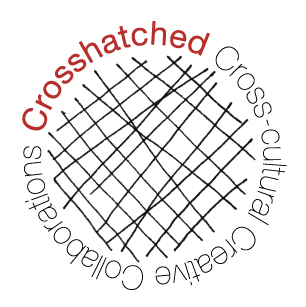Stack of Worlds 2013
Following the 2 busy mornings of collaboration between the children and Manohar Lal and Banay Singh Melbourne University Early Learning Centre we spent the afternoons more quietly in contemplation of the potters and their craft. The children sat in small groups and watched, enthralled as Banay Singh threw multiple perfect tiny pots from the hump and prepared clay for Manori who quietly performed the major task of throwing and beating out 10 big pots for our sculptural stack.
The repetitious cycle of wedging, throwing and beating with the accompanying gentle tapping and whirring sounds had a profound and mesmerizing effect on the children as revealed in their documented responses.
In the weeks after the potters visit the big pots were kept in a leather hard state until each group had their time to decorate one.
The 3 yr old groups discussed the potters experience, focusing on hands as tools and the importance of ‘centering’ the clay.Their big pots were very simply and effectively done by each child placing a hand into their preferred skin coloured slip before imprinting it onto their pot.
Some groups were told the story of the firing of the big wood kiln in the bush at Tallarook as the inspiration for the decoration for their pot. Each child created a space reminiscent of the big rocks in the watercourse below the big wood kiln. A connection was made between the building of the powerful fire in the kiln and the movement of the water below. The children discovered relationships between the elements and the work we have done previously on water co-operation.
Another big pot decorating experience evolved because of the similarity of the shape of the pot and the globe of the world. The idea of ‘different countries and the surrounding sea’ was born. This was a helpful idea to keep the children mindful of the need to share the limited available space and provide room for everyone. Connecting the countries with the sea provided additional provocations for learning about our global community.
Painting and decorating a 3D object provides different challenges to working on paper. Paint brushes were used to paint on a clay slip then pencils to inscribe into the soft surface. Many children enjoyed the opportunity to drill deeply into the surface creating deep holes and crevasses. This work will be installed in the gounds of Melbourne University Early Learning Centre. Ann Ferguson



